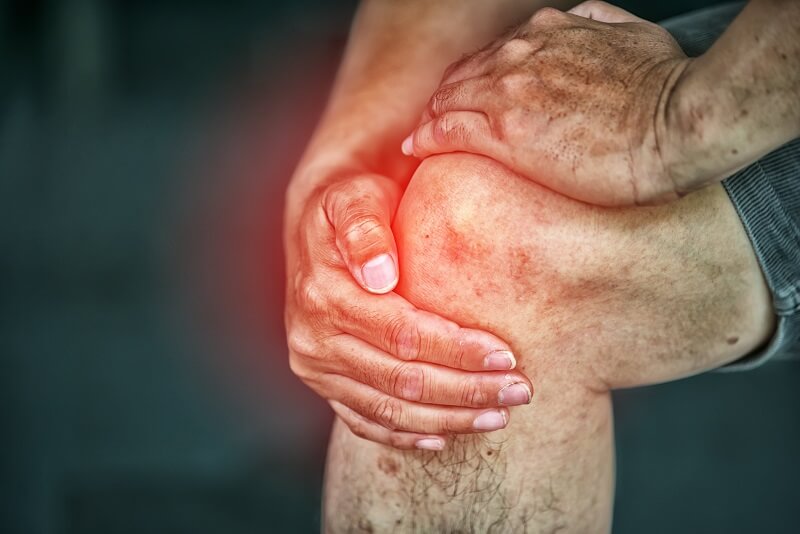OSTEOARTHRITIS

General: osteoarthritis is the most common cause of arthritis. It is caused by structural breakdown of joints that leads to painful inflammation and loss of function. Age is a major risk factor for osteoarthritis, known as “old age arthritis”, but can occur at any age that irreversible damage starts in the joints from traumas, injuries, or normal “wear and tear”.
Causes: Osteoarthritis is caused by degenerative joint disease (DJD). DJD forms when the cartilage in the joint designed to absorb shock and enable smooth motion breaks down. Cartilage loses its ability to heal with age, and injuries to cartilage at any age can cause damage that does not heal completely. High impact sports and labor-intensive occupations that cause constant joint stress can increase the risk of developing osteoarthritis. In addition, obesity is a major risk factor for osteoarthritis because of physical stress as well as causing chronic inflammation that can limit the body’s ability to properly heal from day to day. Genetics may play a role in osteoarthritis as well. Women get osteoarthritis more often than men, and age above 50 is a risk factor.
Symptoms: Osteoarthritis causes chronic, dull, achy pain in joints. There may be brief morning stiffness, but pain is generally associated with physical activity. There is often stiffness and pain with movement. There will often be tenderness over the joint. Swelling can occur, especially in severe cases. Osteoarthritis can occur in any joint, but is most common in the knees, hips, shoulders, hands, wrists, and fingers. Osteoarthritis can cause noticeable deformities in the knees and hands.
Dx: X-rays are first line diagnostic tests to detect the degenerative joint disease that causes osteoarthritis pain. Sometimes, if x-rays are normal MRI can detect subtle osteoarthritic changes in cartilage. If blood tests are joint fluid analysis are done, they are usually for ruling out other conditions.
Treatment: There is no cure for osteoarthritis, but symptoms can be managed successfully. Treatment is geared towards minimizing pain and maintaining function. Acute osteoarthritis pain can be treated in several ways.
- Medications
- Antiinflammatory medications treat inflammation
- Pain medications can be helpful for pain control but do not treat inflammation. Acetominophen is usually helpful. Stronger opio pain
- Neuromodulators may be considered for chronic pain in some instances
- Injections
- Corticosteroids are very helpful for short-term relief of pain flare-ups
- Hyaluronic acid injections are FDA-approved for mild to moderate knee osteoarthritis but have unpredictable benefits. They are sometimes used off-label for other joints.
- Complementary treatments like ice, various heat modalities like paraffin wax, acupuncture, and biofeedback can be helpful for pain management.
For maintenance of function, physical therapy is helpful for reducing pain episodes while improving and maintaining function through strength, balance, andcore stability. Weight reduction is extremely important to slow progression of osteoarthritis for people who are obese. Antiinflammatory diets may help reduce daily pain, and Tai chi, massage, and water therapy have been known to be helpful for osteoarthritis of weightbearing joints. Braces, splints, and assistive devices can be helpful. Activity modification is extremely important to lower joint stress and general overuse. Changes in sports, hobbies, and occupation should all be considered to reduce impact and repetitive movement.
There are several surgical options for osteoarthritis, ranging from joint resurfacing, joint reshaping, joint fusion, and joint replacement surgery. These surgeries can result in dramatic pain relief, but the effects may be temporary, and if undesirable the surgeries cannot be undone. Each individual case requires careful consideration with consultation with one or more orthopedic surgeon.
Self-management: Daily attention to healthy diet,, weight maintenance, moderation in activity, and consistent physical therapy home exercises can be the most important factor to improve prognosis.
Other Topics That Interest You


